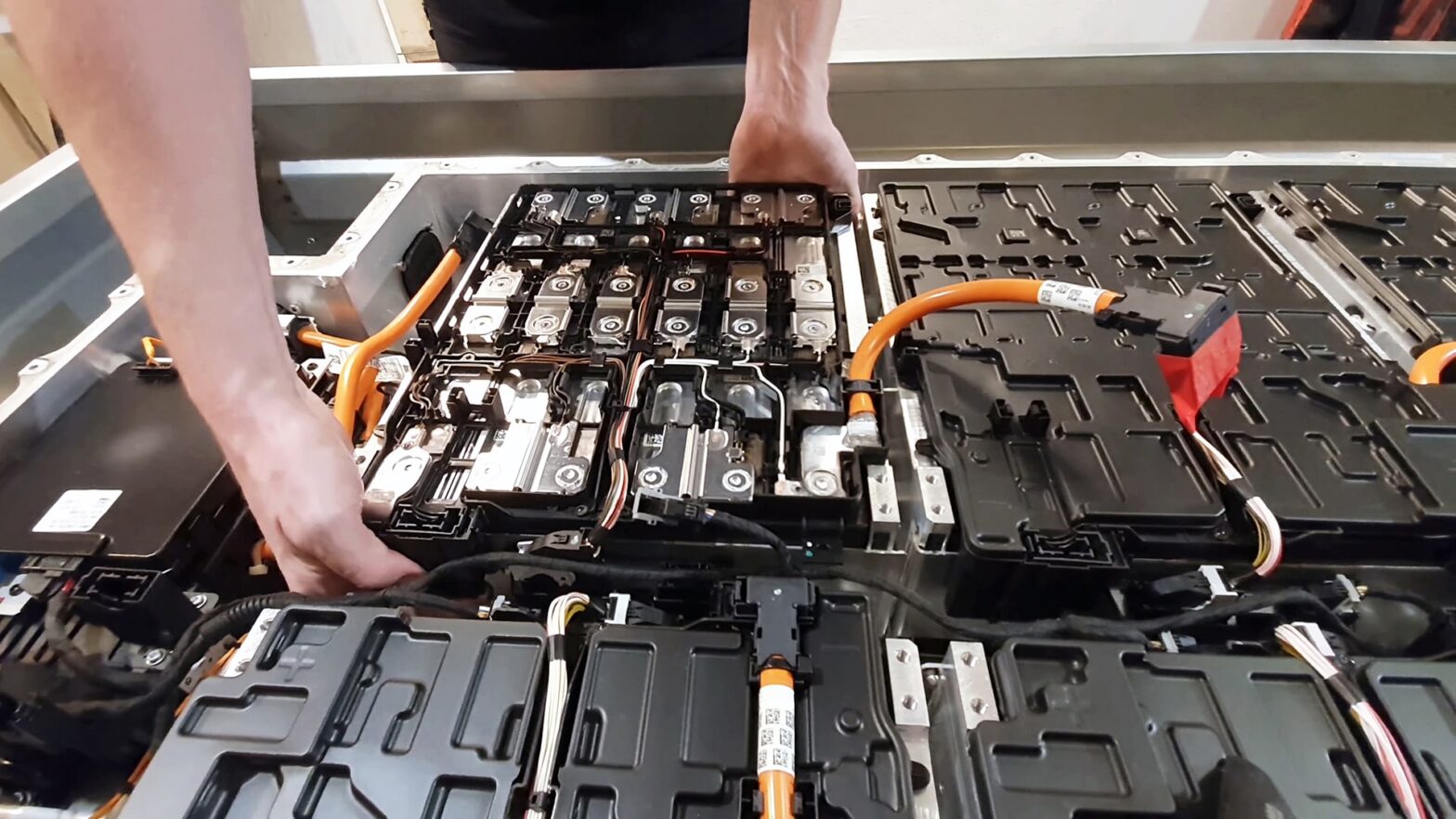Recycling electric vehicle (EV) batteries is essential to the industry’s long-term viability. Effective recycling solutions are in greater demand as electric vehicle adoption rises. Recycling EV batteries has a bright future, but there are still a number of issues that need to be resolved. Let’s examine some challenges and possible solutions while demonstrating chances for entrepreneurship and creativity in the industry.
The Importance of EV Battery Recycling
Recycling EV batteries becomes essential for a number of reasons. It lessens the need for new mining operations by recovering important resources including manganese, nickel, cobalt, and lithium. Moreover, recycling hazardous items correctly keeps the environment clean.
Furthermore, by reusing materials, recycling can lower the cost of creating new batteries and create jobs. This ultimately contributes to the circular economy, which reduces waste and continuously reuses resources.
Challenge 1 – Complexity of Battery Chemistry
EV batteries, particularly lithium-ion batteries, contain a complex mix of materials. This diversity makes recycling challenging, as different materials require specific handling and recovery processes. Common materials include:
- Lithium: Essential for battery performance but challenging to extract and recycle.
- Cobalt: Valuable and often sourced from regions with ethical and environmental concerns.
- Nickel: Used for energy density but poses environmental risks.
- Manganese: Enhances battery stability but is less valuable.
Unlike many in the industry, Exigo has successfully developed processes to recycle six complex chemistries. This is a feat that sets them apart from their competitors as they are actively working to add more chemistries to their recycling capabilities in the near future.
Challenge 2 – Need for Robust Infrastructure
It is crucial to have a strong infrastructure in place for gathering and shipping spent EV batteries. Many areas now lack effective methods for collecting spent batteries and transporting them to recycling centers. One of the obstacles is the unequal distribution of recycling facilities, which can cause problems with logistics. Transporting batteries is another problem we have, especially when they are broken and could be dangerous.
Solutions and Opportunities
Governments and private businesses working together can finance and create the infrastructure that is required. Regional recycling hubs might be established to increase productivity and lower transportation costs. For instance, Exigo’s creative methods are applied to their in-house, inexpensive, high-yield recycling procedures.
These processes are currently being patented and are not only efficient but also modular. This allows them to be replicated globally, ensuring that Exigo’s methods can be adapted and implemented across different regions. This flexibility is important for scaling up operations and addressing the growing global demand for battery recycling.
Challenge 3 – Development of Standardized Recycling Processes
Currently, there is no universal standard for EV battery recycling. Different manufacturers use varied designs and chemistries, leading to a wide range of end-of-life batteries. Standardization is crucial to streamline recycling operations, enhance efficiency, and reduce costs.
Different countries have varying regulations regarding battery recycling, further complicating the establishment of standardized processes. Harmonizing these regulations is essential for the global recycling industry.
Solutions and Opportunities
The development of standardized recycling techniques requires collaboration between manufacturers, recyclers, and regulators. Harmonized laws can result from international cooperation and enable more effective recycling methods. New recycling technologies present encouraging answers to today’s problems:
- Hydrometallurgical Processes: These techniques enable higher recovery rates and less environmental effect by recovering valuable metals using aqueous chemistry.
- Direct Recycling: By immediately refurbishing and reusing battery components, this method lessens the requirement for thorough material disassembly and reassembly.
- Automation and AI: Recycling facilities can increase productivity and security by incorporating automation and AI. AI-powered diagnostic tools and automated sorting systems can improve the precision and efficiency of recycling processes.
Funding and supporting research into new recycling technologies can drive significant advancements. Moreover, sharing successful technologies across the industry can accelerate progress and standardization.
Challenge 4 – Market Dynamics
The financial sustainability of recycling operations may be impacted by changes in the market values of recovered materials. We need to provide a steady and lucrative market for recycled materials.
Solutions and Opportunities
Through economies of scale, increasing the volume of recovered batteries can further lower costs. The profitability of recycling operations can be increased by establishing a steady market for recycled materials. Exigo is a perfect example of how industrial difficulties may be addressed via innovation and wise investment.
Their in-house material sampling labs for recovered electrolytes and black mass are unique in the industry, giving the company a competitive edge. These labs enable precise material analysis and characterisation, improving the efficiency and effectiveness of the recycling process.
Challenge 5 – Environmental and Safety Concerns
Hazardous compounds found in EV batteries have the potential to endanger human health and the environment if improperly handled. Assuring secure recycling procedures is crucial if we want to reduce these dangers. Energy-intensive recycling procedures can produce large amounts of carbon emissions. Creating energy-saving recycling techniques is important to reducing the influence on the environment.
Solutions and Opportunities
Recycling enterprises can lessen their ecological footprint by implementing eco-friendly procedures. Ensuring that strict safety rules are established and followed helps safeguard both the environment and workers. An example of this progressive methodology is the strategic hub and spoke concept developed by Exigo.
This model involves a central hub where the most critical recycling processes are conducted, supported by various spokes—smaller facilities across the country and internationally—that handle other processes.
Exigo’s decentralized strategy minimizes environmental impact, maximizes efficiency, lowers transportation costs, and guarantees that batteries are handled as close to their source as feasible.
Conclusion
Resolving the issues with EV battery recycling is crucial to the long-term expansion of the electric car market. Although there are many challenges in the way of standardizing recycling procedures, there are also a ton of creative and entrepreneurial potential.
Exigo and other companies play a significant role in this journey. They are finding innovative ways to turn the problems of today into the opportunity of tomorrow. As the market for electric vehicles (EVs) grows, efficient battery recycling will be crucial for a sustainable future.
